
As a follow-up to my post “So you want a Pool?“…
When the time comes to take the plunge into your own backyard pool, you first have to decide: above-ground or inground?
A variety of factors will play into the decision, including what is best for your property, your budget and your family.
This is not a picture post, filled with pretty pictures of pools, but a word post filled with pretty words about pools. A picture may be worth 1000 words, but they don’t actually say much.
In the epic battle of Aboveground pools Vs. Inground pools, we have 9 categories of consideration, to help you decide on the best pool.
Above-Ground vs. In-Ground Pools
Pool Installation
Aboveground pools can be installed quickly, in some cases in one day although most will take several days to clear and level the area, erect the pool, install the liner and fill with water. Assembling an entry/exit step system, fencing along the top rail and basic landscaping can add another day to the project.
In many parts of the country, there are few (if any) companies that offer above ground pool installation, unless you buy the pool from them. This means that an aboveground pool purchased online may require DIY installation. Not too difficult for most handy homeowners, but a task that needs to be planned for properly.
Inground pools typically take 6-8 weeks to install once work begins. Some pool builders may be able to complete a pool more quickly than that, but bad weather, other pools being built at the same time and coordinating several sub-contractors often causes delays.
Vinyl or fiberglass pools skip a few steps in the process, namely steel, gunite and tile, but still take 4-6 weeks to build. Some companies can offer a Fast-Track construction price, for instance our inground vinyl pool kits which can have the pool built and full of water in just 4-5 days.
Pool Cost
Aboveground pools are priced from $900-$3000 Online for DIY pool packages to $4000-$8000 for installed pools from a local dealer. Price depends on size of the pool, optional equipment and quality of components. More expensive aboveground pools are deeper and thicker, with more durable materials and have options such as in-pool lighting, safety ladders or step systems, pool cleaners or larger, more effective filtration systems.
Inground pools are priced from $5000 – $8000 for DIY vinyl pool kits, to a range of $30000 – $50000 for pools installed by a local pool builder. Like all pools, price depends on pool type and size, options and features, and to some degree the local market and economy.
Pool decking ranges from $4 per sq. ft. to $24 per sq. ft., depending on the materials used – wood, concrete, brick or stone. Landscaping can cost a few bills, as can decorative pool fencing, no matter which type of pool you choose.
Space
The space that you have available for a pool may not be a determining factor in deciding to go above or below ground, but it will dictate the size or shape of pool.
Setbacks are the distance from the property line where no construction can take place, which varies from 5′ to up to 50′ in some cases. There are also easements that may use some space, check your property plat or ask your county Zoning folks for information.
Another possibly limiting factor of terrain is Access for heavy equipment. A narrow strip along the side of the garage may be large enough for a track hoe or skid-steer loader, but can present problems for inground pool construction and calls for creative solutions.
Inground pools can take on any shape, and can be as large or small as you want. Small cocktail pools, plunge pools and lap pools are fashionable, in addition to being easier for lots with limited space available.
Aboveground pools can be built with a surrounding wood deck area that works with the terrain or by sculpted surrounding earth and landscaping to give the pool and deck a sunken and natural appearance.
Terrain
Many homes have sloping backyards, some slope up, and some slope down. In these cases, retaining walls can be used to extend the usable area, by cutting into an up-slope, or building out over a down-slope.
Terrain can also affect access for equipment and materials, as described above and may affect the choice of aboveground vs. inground. There’s always (usually) a way to make an inground pool work, but it comes with a higher price tag when significant earth work and retaining walls are needed, or when slender access pathways slow down progress.
Soil & Water
In some parts of the country, bedrock is a bugger – large seams of granite or sedimentary rock can make an inground pool dig tough. In other locations near sea level, ground water or a high water table requires a de-watering system in place while an inground pool is dug and formed.
The type and quality of soils can sometimes make inground pool construction difficult or risky. Very sandy soils lack structural integrity while marine clay can be expansive, and both can be stressful to inground pools, particularly vinyl or fiberglass walls.
Pool Safety
No matter which type of pool is built, pool safety is a concern. Aboveground pools are generally considered safer than inground pools because without a surrounding pool deck, falling into the pool is less of a possibility.
It is true that more drownings and near-drownings occur in inground pools as compared to aboveground pools, but when you consider that there are many more pools in-the-ground than above-the-ground, the statistical difference is less distinct.
Aboveground pool ladders that are not locked, or chairs left near the edge of an aboveground pool remove the illusion of safety. If a back patio deck is integrated with an aboveground pool deck, care must be taken to install a proper fence and self-closing gate, in compliance with local codes.
The safest pool is surrounded by a 4-sided pool fence, or an safety fence during summer and a safety cover during winter – both of which require a solid pool deck to anchor into, so they aren’t usually used on above ground pools.
Pool Maintenance
Above-ground pools are generally considered easier to maintain than inground pools, if only due to smaller size and water volume.
In my experience however, it depends on the pool equipment and on the care given to the pool. Many aboveground pools are sold with small pumps and filters, in an effort to keep the cost down – and some pool owners don’t run the pump long enough each day, or give water chemistry enough attention.
In-ground pools are more often easier to keep clean, given that the pump, filter and cleaning equipment is larger and more effective. However, aboveground pools can also be equipped with bigger and better equipment. As for leaves and debris; it depends on the number and type of trees around the pool, and the direction the wind blows.
Another type of long-term maintenance cost is what I call the three R’s of pool ownership: Replacement, Repairs and Renovation. Inground pools will cost much more in this area than aboveground pools, simply because above ground pools are simpler, with less things that can go wrong, and fewer products with lower prices.
In the long run, an inground pool owner may spend several times the amount that his neighbor with an aboveground pool may spend on the three R’s. A large bill for an aboveground pool repair is $500, but for an inground pool, the expenses are much higher.
Pool Permanence
Aboveground pools are sold in two types, Portable and Permanent. Portable pools are the Intex style pool, used for just a few seasons, perhaps 5 years at the most. “Permanent” aboveground pools last much longer, but their permanence is questionable. I have seen 25 year old aboveground pools, but others may befall some calamity.
Permanence has a reverse benefit for some people, that it can be removed in the future, if one so desired. In-ground pools, especially concrete pools have an easy 50 year lifespan, if not longer, and are difficult to remove.
Inground pools are usually refurbished every 25 years or so, with new tile and coping, plaster and equipment. Vinyl and Fiberglass inground pools also can last for decades, if not 50 years, with new vinyl every 10 years or fiber resurfacing every 20 years.
Pool Features
Aboveground pools can have in-pool lighting, heaters, automatic cleaners and salt chlorine systems, but unless you build a custom concrete pool above-the-ground, you are limited to these basic features.
Inground pools can have attached spas, fire features, waterfalls and other water features that can blend in with lush landscaping. You can also build an inground pool in any shape you want, not just round or oval. And in any color palette you want, not just light blue.
Inground pools can be built with negative edges that seem to flow into the horizon, or equipped with automatic pool covers or safety covers. They can have shallow water tanning ledges, benches and swim-up bars. Anything you and your pool designer can dream up can become a reality.
I’m an aboveground pool owner, and I love my pool – it’s easy to take care of, and I do all the service work myself, which also means that it doesn’t cost much to maintain, just a few hundred dollars per year.
The battle over the best pool type continues, but depends on more than just your budget, as I hopefully have demonstrated. Which is better for you, an above ground or in ground pool?


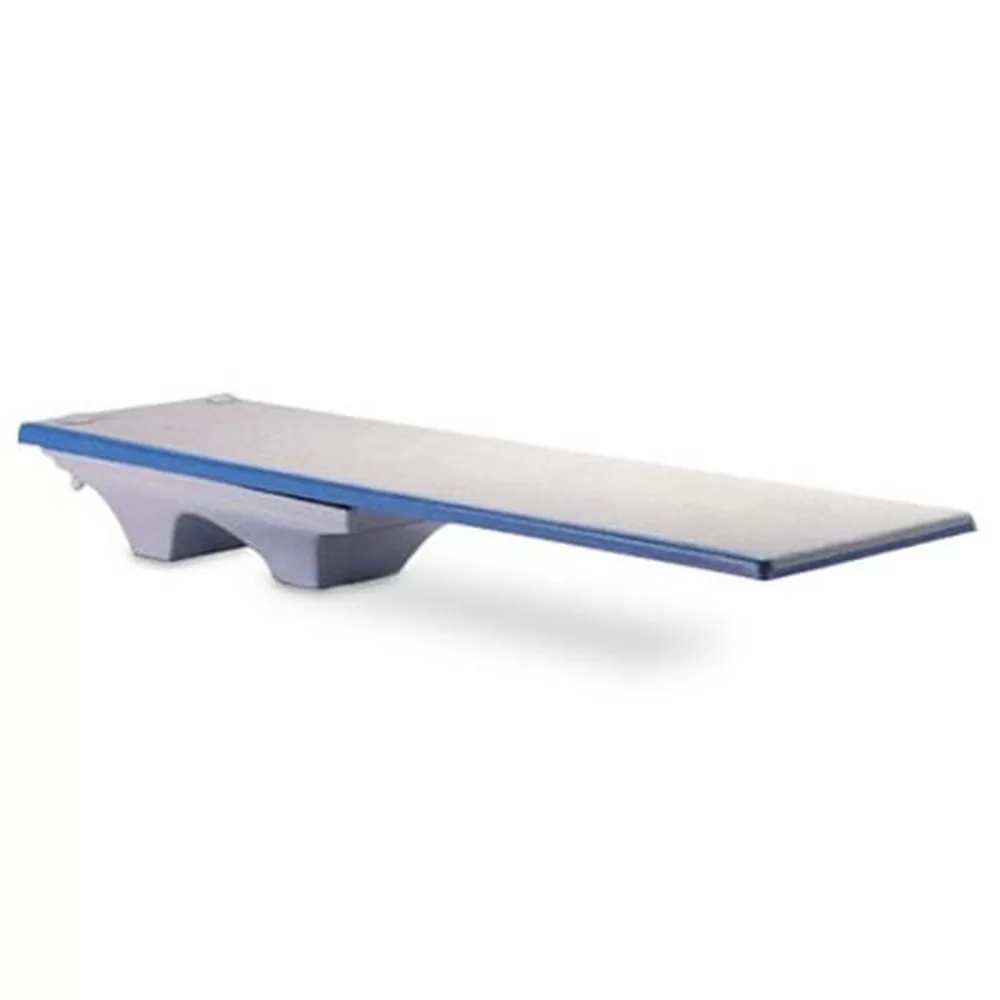
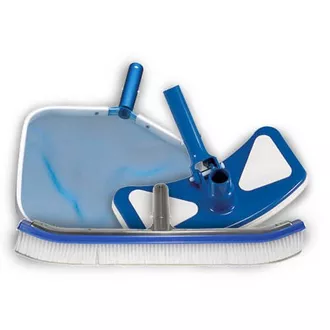
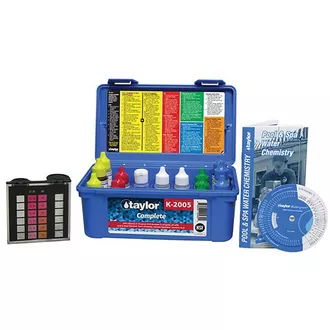




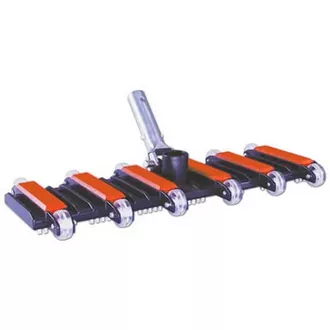
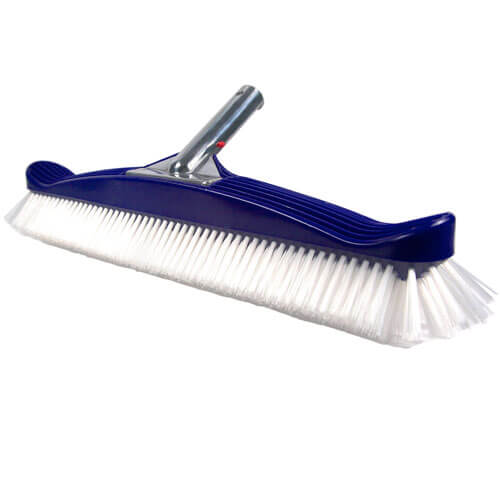
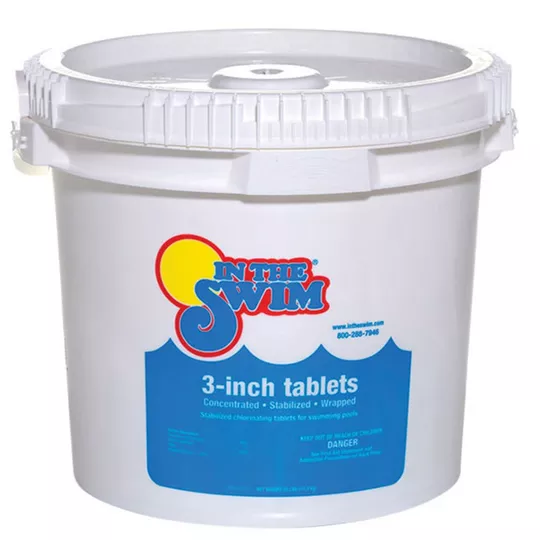

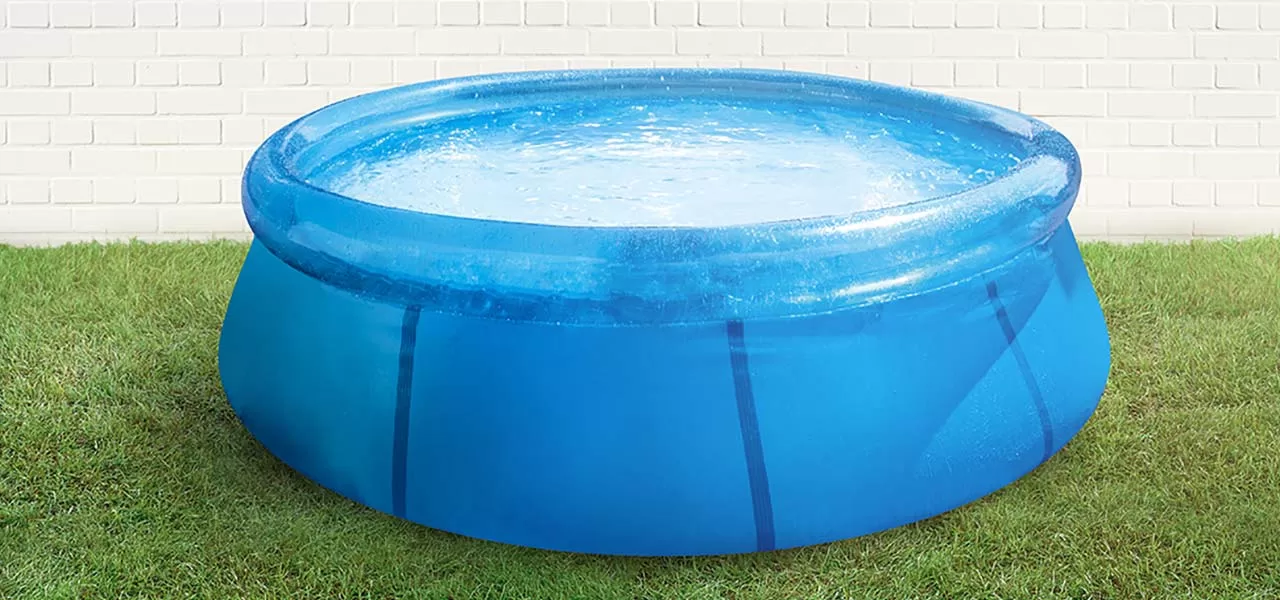
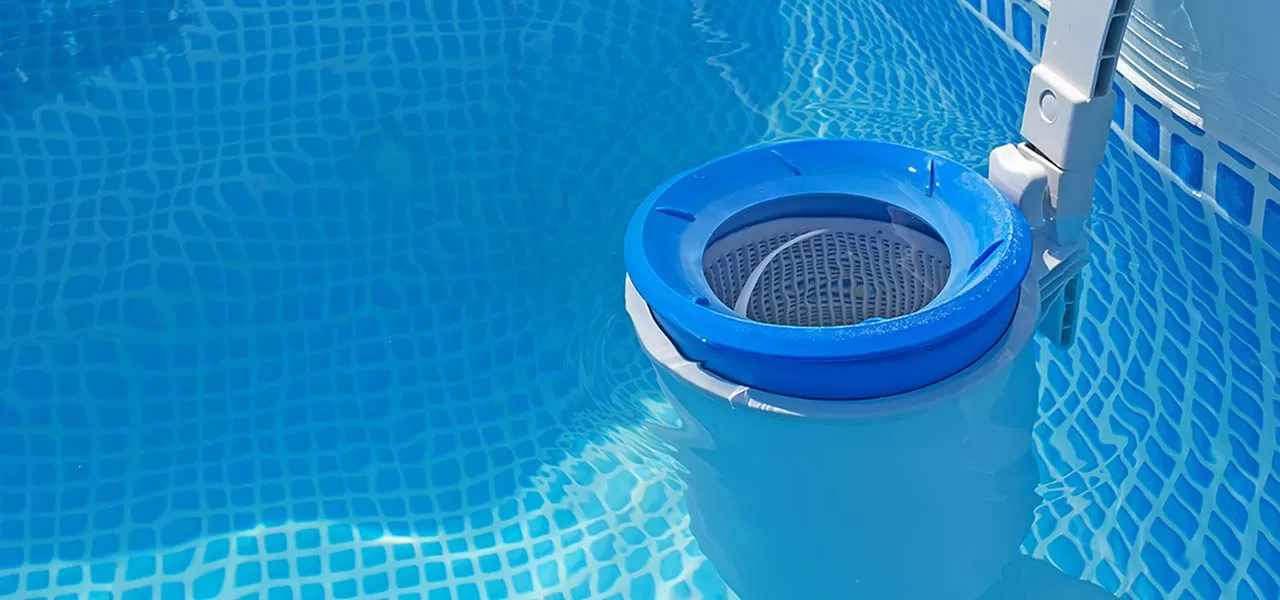
Why would someone preferred a costly in-ground pool ?
Why can’t above ground pools be rectangle?
Hi Ramona, they can. Intex has several models that are rectangle, and for more permanent abg pools, you can find Kayak pools still made rectangle. I think that it presents a few challenges, in attaching the liner and in structural support. A 90 degree corner is more difficult than a radius corner in these regards.
This has helped me a lot in making a choice between a in-ground or an aboveground pool.
I still have a few questions, but you’ve definitely cleared up the most complicated questions I had.
Now, too bad you’re not in Las Vegas 😜
[…] my next post I’ll get into much more detail about choosing a pool, when we put aboveground pools vs. […]